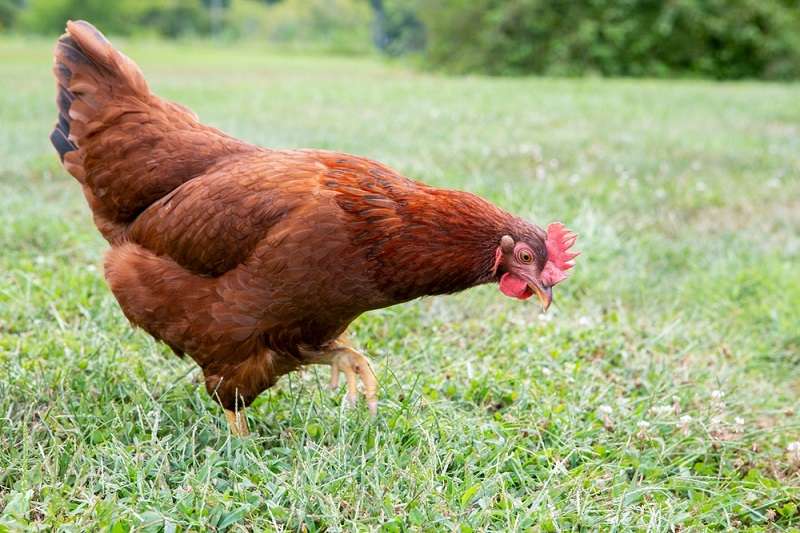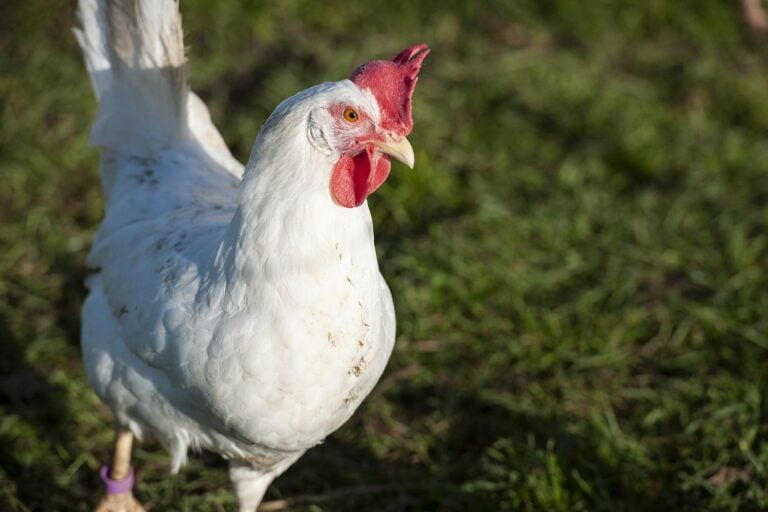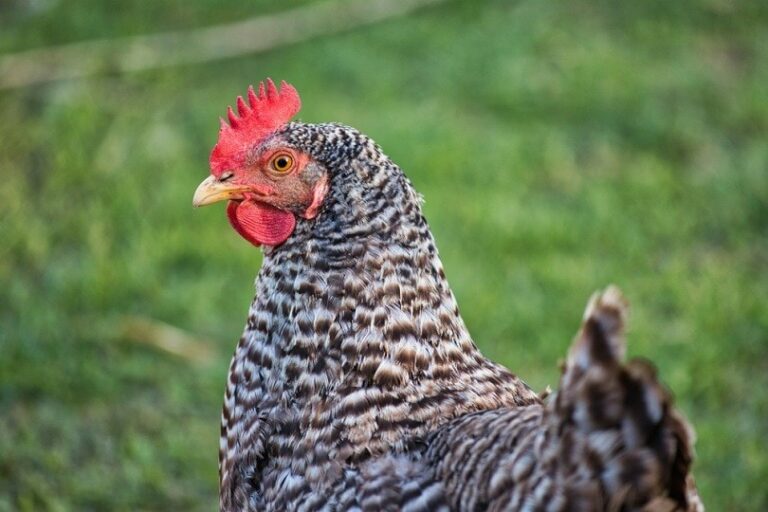All About the Rhode Island Red
Rhode Island Reds, often abbreviated as RIR, are among the most iconic and globally recognized chicken breeds. Originating from the American state of Rhode Island, this breed’s resilience, versatility, and friendly nature have endeared it to farmers and backyard poultry enthusiasts alike. Here’s a detailed look into the world of Rhode Island Reds.
TL;DR: if you don’t want to read, watch our video on Rhode Island Reds below
History and Origins
The Rhode Island Red’s story can be traced back to 1854. William Tripp, a sea captain, initiated the breed’s development by acquiring a Malay rooster and breeding it with his existing stock, leading to offspring with a notable egg-laying capability. In collaboration with John Macomber, they embarked on focused cross-breeding efforts, giving rise to the “Tripp’s Fowl” or “Macomber” birds. These early Rhode Island Reds, admired for their productivity, were further refined using various breeds, including Malay, Java, Chinese Cochin, Light Brahma, Plymouth Rocks, and Brown Leghorns.
Isaac Wilbour, a prominent poultryman, recognized the potential of these birds, acquiring some and initiating his breeding program. He is credited with christening the breed “Rhode Island Red.” Unlike many other breeds, the Rhode Island Red was developed primarily for utility rather than aesthetics. Today, statues in Adamsville and Little Compton, Rhode Island, honor the bird’s significance. By 1954, this breed’s impact was so profound that it was designated the state bird of Rhode Island.
Breed Characteristics and Appearance
The Rhode Island Red, characterized by its distinctive deep red hue, boasts a robust and rectangular physique reminiscent of a brick. Their feathers, known to be “hard”, range from rich mahogany to dark rust, with some black feathers accepted in the tail and wings. These birds have red wattles, combs, and earlobes, with striking orange-red eyes. They flaunt yellow skin, which extends to their feet and legs. While they predominantly feature a single upright comb, a rarer rose-combed variant exists.
| Characteristic | Information |
|---|---|
| Origin | United States |
| Lifespan | 5-8 years |
| Friendly for beginners? | Yes |
| Primary Use | Egg Laying, Meat |
| Weight (Female) | 6.5-7.5 lbs |
| Weight (Male) | 8.5-9.5 lbs |
| Egg Color | Brown |
| Egg Size | Large |
| Eggs Per Year | 200-300 |
| Temperament | Docile, Friendly |
| Broodiness | Seldom |
| Climate Tolerance | All Climates |
Mature Rhode Island Red roosters weigh approximately 8.5 lb, and hens about 6.5 lb. The breed’s bantam version is smaller, with roosters weighing around 2.1 lb and hens approximately 1.9 lb.
Egg Production
Rhode Island Reds shine in egg production. Historically dual-purpose birds, they were refined post-World War II for enhanced egg output, leading to the categorization of the breed into “heritage” and “industrial” types. Modern Rhode Island hens, often from the “industrial” lineage, start laying around 18-20 weeks and can produce 150-300 eggs annually, with most laying 5-6 medium to large, light brown eggs weekly.
Temperament
Rhode Island Reds are spirited birds with varying temperaments, ranging from docile to lively. They’re typically in the middle of the pecking order. While some can be pushy, they’re generally friendly and curious. These chickens are proactive foragers, readily scouring their surroundings for food.
They’re adaptive to confinement but flourish when free-ranging. While the hens are relaxed, roosters might exhibit aggression, necessitating caution, especially around children. Despite breeding efforts to suppress broodiness, some Rhode Island Red hens occasionally exhibit this behavior and prove to be protective mothers when they do.
Health and Care
Renowned for their robust constitution, Rhode Island Reds are generally healthy, thanks to their Malay lineage. However, like all chickens, they’re susceptible to mites and other parasites. Regular checks, dust baths, and appropriate treatments can mitigate these concerns.
Is the Rhode Island Red Right for You?
If you’re seeking a prolific layer with a spirited personality, the Rhode Island Red is an ideal choice. They’re undemanding in terms of feed and shelter, thriving even in less-than-perfect conditions. They’re sociable, often mingling with humans and other chickens, making them perfect for families. While their yellow skin might not be favored in commercial meat production, these chickens are a joy to rear in backyards and farms.
Furthermore, their predator-savvy nature makes them astute and alert when free-ranging, though you might need to play hide-and-seek with the eggs they lay in secret spots!
Final Thoughts
The Rhode Island Red’s legacy in the poultry world is undisputed. From humble backyard origins, it has risen as a cornerstone of the egg industry. The breed offers a delightful blend of productivity and personality, making it a favorite among both novices and seasoned poultry enthusiasts.
Do you have Rhode Island Reds? Share your experiences in the comments below!




Leave a Comment